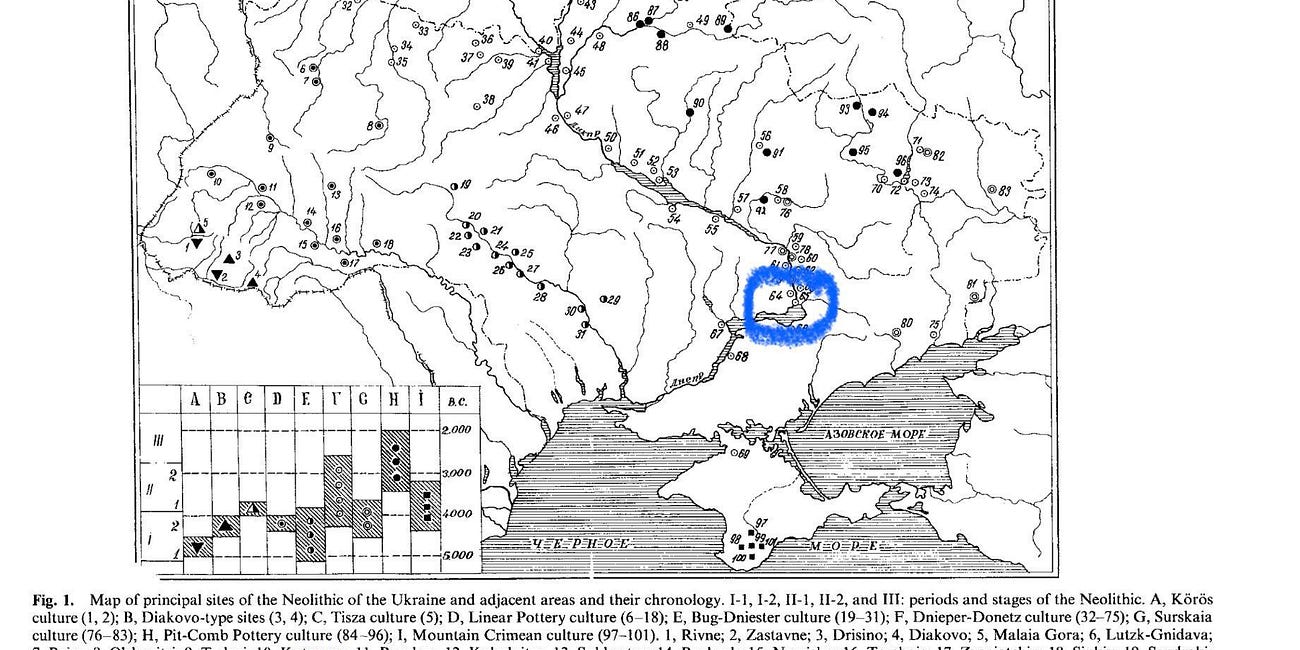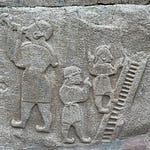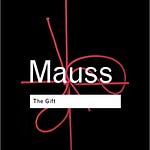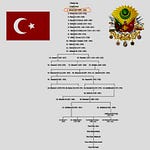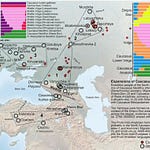
So you see what I'm trying to do there. I'm expanding our mental models of time from 4100 BCE when Tamana's ancestors left ancient Ukraine to 2000 years later when Tamana's name appears in one of the first texts. The first times Indo-European language is written down in Ankira, sorry, in Kanesh, but then I see it in 2025.
So it's written down between 1900 BCE and 1800 BCE in Kanesh, in ancient Anatolia, today's Turquia. And then roughly 4,000 years later, I, Estabones, I visit Ankira, which is named for a Celtic community who founded it around 300 BCE. I see this cuneiform text and the translation of it in Ankira Museum.
And I know the significance of this because the reason I'm in Ankira, archaeological museum is to try and find this MN sound and its origins and to find it there in one of the first texts was more than I hoped for. And then the primary text which was published a couple years ago on
translating Kanesite, Hittite, as it's known, this language. So this great scholar who took these 23,000 cuneiform texts from between 1900 BCE and 1800 BCE, which are mostly in Assyrian, which is a Semitic language, took those texts and deduced from them which are the Indo-European elements, the native elements in them. And he uses this uman sound to distinguish
Indo-European from Assyrian. So again, that was beyond my wildest dreams when I conceived of looking at the MN sound and I thought, oh, that's quite interesting. There's MN sounding names in eastern France and in Ireland and on the island of Britain. I wonder how that arose. And then I found the Manapi, this community of Indo-Europeans. But then...
way, going way, way deeper than Manapi, who dominated that area and the Monche, the area of the Monche, and then colonised Ireland and the island of Britain, and Normandy indeed, probably, from about 200 years into the Common Era. Deep, much, much more deeply than they are these other cultures.
who also have the MN sound in their different monikers and their mythological founders. So it's interesting that the very foundation of the Germanic people and in their myths, we have these three sons, each of which represents a different function, the sovereignty function, the security function, and the fertility, prosperity function.
It's a pattern which we see again and again in different Indo-European cultures and peoples. It's been established by Georges Dumuzel who had this intuition in the 1930s and then spent his entire career. And thousands of scholars since then have elaborated on it. And so the sovereignty function, which contains these two elements, the magico-religious,
like the Brahman or the Flamines or the Phila in Irish society, and the juridical, which is like the legal element, the ruling, the procedural element of the monarch. So like secular and religious. This division is very, like in post-revolutionary France, where the de-clericalization of society, the joining in into the sovereignty function of this magico-religious and the juridical,
the procedural, the ruling, the courts... That is very much part of the Indo-European model of governance and is part of the division which manifests in different ways in different cultures. So the second function, the security function, so my namesake is Stavones, represents the security element and in the Indian caste system, the Kshatriya, which is the army,
the military. And then the Ing is the founding monarch of the tribe of Germans who invaded and occupied what would become a country named for them called England, represents the fertility and prosperity function. And as discussed, that's probably a holdover from the pre-Indo-European.
So the Ingavionese takes their name from Ing, who corresponds to the old Norse god Freyr. So... Let's go back to the sovereignty function then in Germanic mythology. So I'm bringing your mind back. You probably have this mental model of the world. And this is also part of Finding Manaline because I don't only want you to develop
and evolve as I have this temporal model. mental model from 4100 BC all the way up to 2025, these 6,000 years, which I kind of illustrated by telling you the story of Tamana and me seeing Tamana. But the Hermiones, I want to also do the geographical space because for me it was a huge blank, Anatolia, Turkey,
Armenia, Iran, India. These were all kind of blanks in my mind. And we all have them. We might know Turkey because we've gone there on holiday. But we don't really understand the Hittite empire. And I want us to be able to... to journey quickly, to flash between the coast of the west of Ireland, down to Lusitania,
which is Portugal, which was occupied by a Celtic language speaking people, all the way quickly right across to Spiti Valley, which is the valley dividing Indo-European India. from Tibet, and I've also been there. And so the Hermiones take their name from Ermen, and the MN, of course, is the national god of the Saxons,
and this MN sound is really in there, and indeed in Amon, the ancient Egyptian god, and some really interesting research. has come out recently looking at the ancient DNA of the ancient Egyptians, which points to perhaps why the MN sound is in Amon-Re, their supreme deity, and Tutankhamen and the Amarna letters and various other important Egyptian texts.
But we'll get to that in a different episode. And so we all come from the same family. We understand the MN sound. It's part of our energy. We're communicating positive energy now. Me to you, you to me by listening to this. And this is my message of unity. So then let's run over.
Let's fly over to India then. And so the Argy Veda is a book of songs, first written down around 1100 years before the Common Era. And this is our first evidence of Manu, the first human. And the Argy Veda songs we know were composed long before 1100 BCE. So, for instance, they describe funereal feasts,
which we had no archaeological evidence of until around 20 or 30 years ago. which we found archaeological evidence of then in today's Kazakhstan, the Sintashta culture. And so the exact descriptions of the burials of... horses, skulls, and of the funereal feasts correspond to archaeological artifacts then found in the Sintashta culture.
So then we know, even before we had ancient DNA evidence that ties the Sintashta to the first people who were 800 years later. The Syntashta culture is from around 29, sorry, 1900 to 2000 years before the Common Era. So around the time Tamana, our friend Tamana is living in Kanesh and whose name is appearing in this cuneiform
text that I then saw in Ankira. In January 2025, the Sintashta are burying their dead in the same way that the songs, the ancient songs, would be written down in the Ayurveda, this book written in the Vedic language, which predates Sanskrit, an ancient Indian language.
And in 1100 BC, the Ayurveda, the songs are written down, they're divided into words, Mandala, again Amen and Mandala and Brahmanas, Amen and Brahmanas and they describe the Brahmin who are the priestly caste and Manu who is the first human. And so we know because of some of the archaeological evidence from the St.
Tashta culture from between 1900 and 2000 BCE. And I know this is hard for you. I understand. That's why I'm kind of repeating myself. And the whole of Finding Man is about this. is about expanding mental models. So I'm bringing you on a geographical voyage. This is the third element in every episode.
But I'm also bringing you on a temporal voyage. So we've got these songs in the Ayurveda. They describe funereal feasts, which we then find the archaeological evidence for almost exactly the same from 900 years earlier in the Santashta culture. So we know this is the same And until these archaeological remains were found in the Santashta tombs in
Kazakhstan in the 80s and 1990s, scholars believed that these funereal feasts were artifacts of the imagination in the Ayurveda. But then it turns out actually they correspond to archaeological evidence. And now we know through looking at linguistic but mainly ancient DNA and archaeological artifacts... that the people who would form the Sentashda culture actually came from ancient Ukraine.
They were Yamna and traveled eastwards towards, settled for a couple hundred years in the Sentashda culture where they consolidated. And that culture then travels eastwards across Afghanistan and across what we call today Central Asia. and what's known as the Andronova Klein, as it were, which is basically a word just that describes 2,000,
3,000 kilometers across of similar cultures, which we know from the archaeology, which kind of just develop and evolve, but they are the same kind of culture. We've seen the same artifacts in Afghanistan as we do in Sintashtar, as we do in India. And so we call it a climb because they're kind of climbing into each other before
Indic culture then becomes a very dominant emanation of it. And so we see similarities in the songs, in the Ayurveda, and in how Tacitus is representing the songs of the Germanic people and how the Irish mythological texts, which aren't written down until between 700 years into the Common Era and 700 years
after Christ's birth and until around 1200 in the Common Era. And yet, even though they're written down in this late stage, the Irish mythological texts are the oldest vernacular literature in Europe. So we talk about Tacitus is writing down a few stories, but it's written that the Germanic tribe stories are written down in Latin.
And they're not written down in the Germanic language, but we have the oldest mythological text in a vernacular. It's from Irish Celtic. So it's a great source of information for us because we can look at the Greek and the Latin and the Irish and the Vedic and the Armenian, for instance, and the Hittite,
and we can find the commonalities between them and we intuit through a variety of methods what is the Indo-European-ness of this. And so... We look at the Arguveda where Manu is first mentioned, and Manu is, he is the sun, he's the first human, he's the sun of the sun, literally.
He's the sun of Vivasvan, who is also known as Surya, the sun god, and his wife, Saranu.
Continued:
Ep 5 Using M-N- to determine which came first - Indian or Germanic culture?
So if all of these continuities: same sounds. Same monikers. Same functions. Same levels. We’re talking here about founders of cultures. About emirs. Note that the first king to die is called Yama in Indic. Yima or Aryaman in Iranian. Ymir.
Continued from:
Ep 3 Using M-N- to determine which came first - Indian or Germanic culture?
First in series:
Finding Manuland I
In October 2021 I was returning from my final vacation before my forced retirement from my beloved diplomatic posting to Ukraine.




